Experimental study on the movement strategies of individuals in multidirectional flows
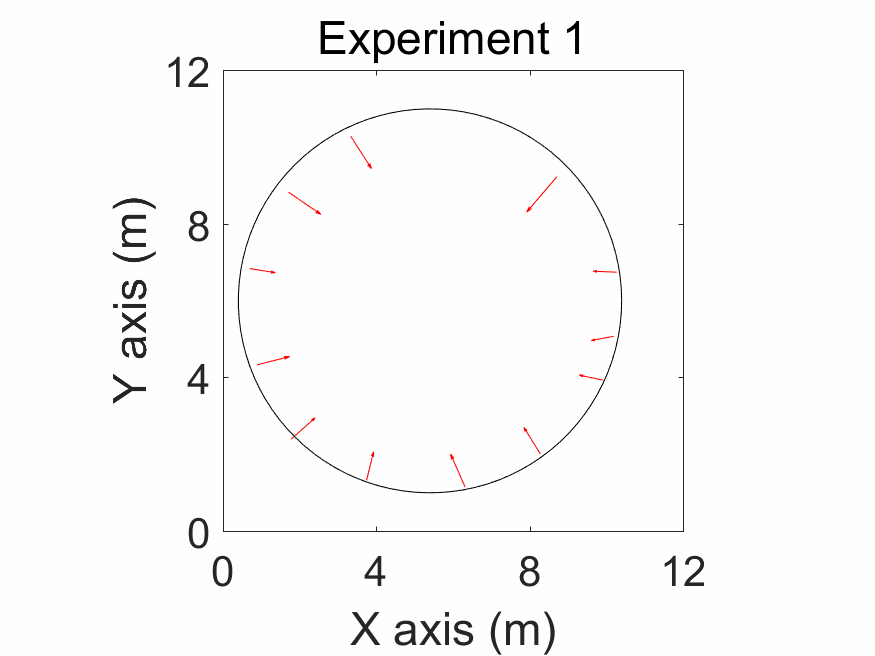
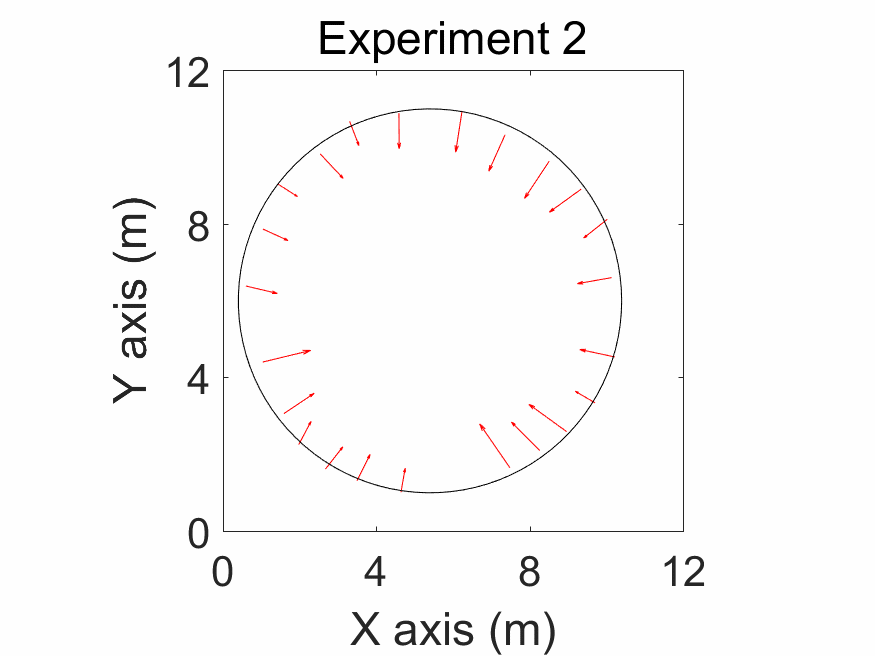


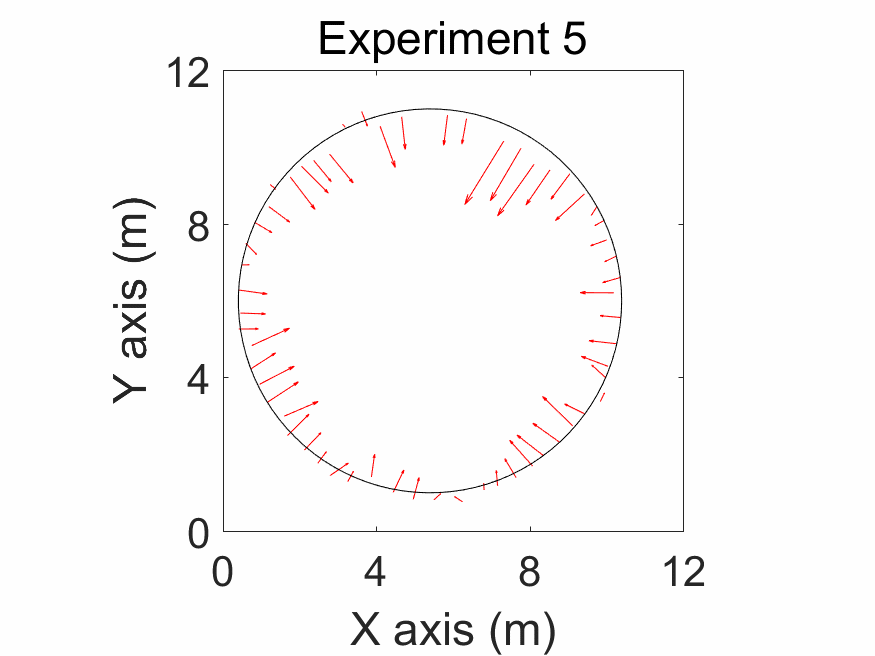

Problem & Motivation
At present, most research on multidirectional flows focused on unidirectional flow and bidirectional flow. And little research has been done on more than four directional flows. Meanwhile, it is common that there are multiple-exits and entrances in modern buildings. In emergency, pedestrians and salvagers from different directions form complicated multidirectional flows which would be much more complex than four-directional flows. Faced with such issues, it is necessary to understand the characteristics of multidirectional flows and have a deep comprehension on the pedestrians’ decision-making behaviours like path selection, detouring etc.
Methods
1. Six runs of experiments were carried out under laboratory conditions. At the beginning of each run, participants stood evenly on the border of the circle with a radius of 5 m. To create multidirectional flows, the destination of each pedestrian was the opposite side of the circle. From pedestrian trajectories, we can know that the trajectories become complicated as the pedestrian number increases. The trajectories outside the central area are smooth, and the trajectories in the central area are messy. It means that congestion and stop phenomena happened in high-density conditions and central area. The area of the central dark blue region increases as the number of pedestrian increases, which indicates the increase of the congestion area (0, 0, 3.99, 7.8, 6.24 and 10.6 m2 for the six experiments respectively). The congestion area here is defined as the area occupied by stop pedestrians whose velocities are lower than 0.1 m/s.
2. Deviation distance is introduced to represent the degree of detour. The deviation distance is the maximum distance from the pedestrian trajectory to the line of the starting point and the ending point. Three strategies were classified in the experiment: Strategy A: pedestrians moved in straight ways, Strategy B: pedestrians took a detour to their destinations directly, Strategy C: pedestrians selected straight strategy to reach their destination at first, and with congestion occurred the waiting time increased, some pedestrians changed their directions and made a detour to reach their destinations. In our experiment, more than 72% of pedestrians select the straight strategy to reach their destinations. 2% – 15% pedestrians choose the detour strategy to reach their destinations. By comparing with length of walk path and movement time, detour strategy is the most efficiency strategy to reach destination quickly in most cases.
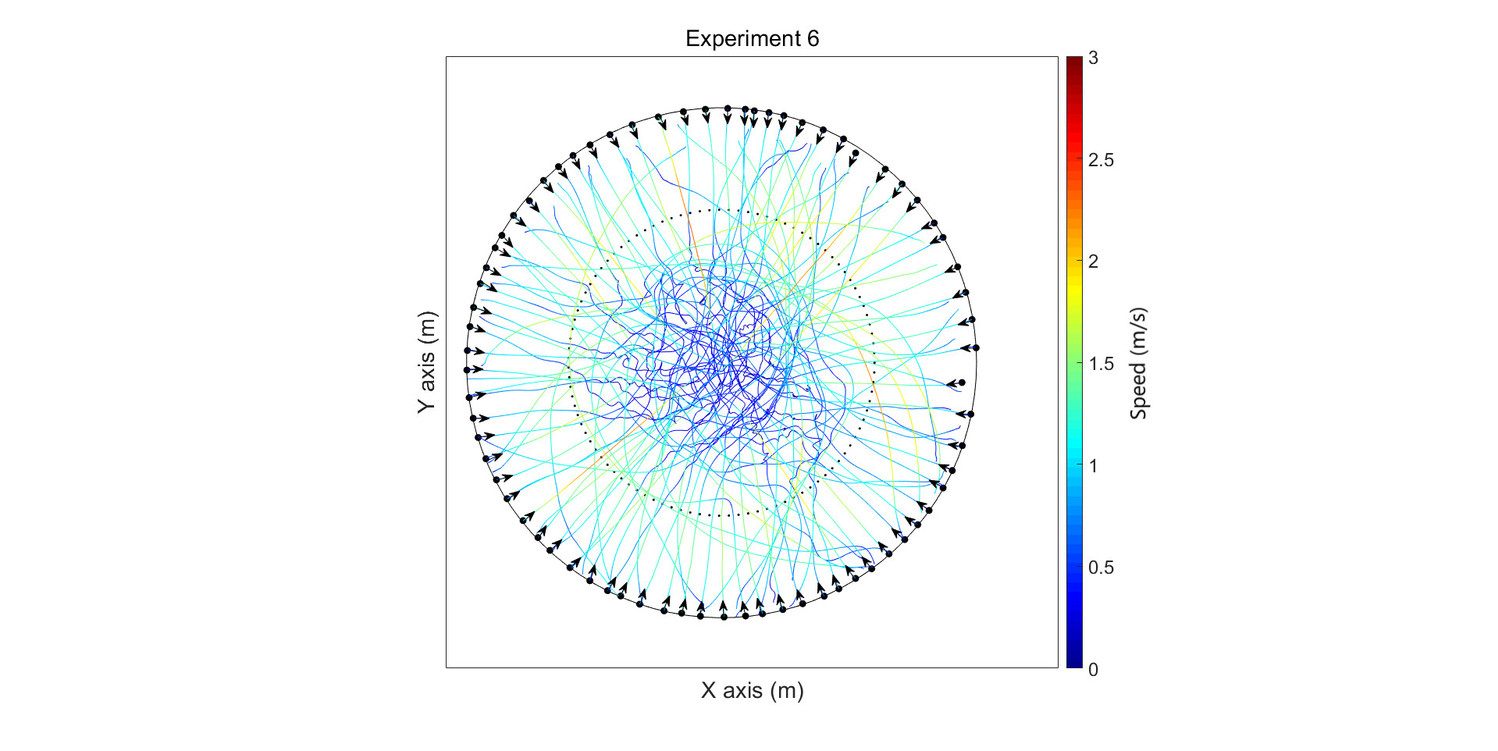
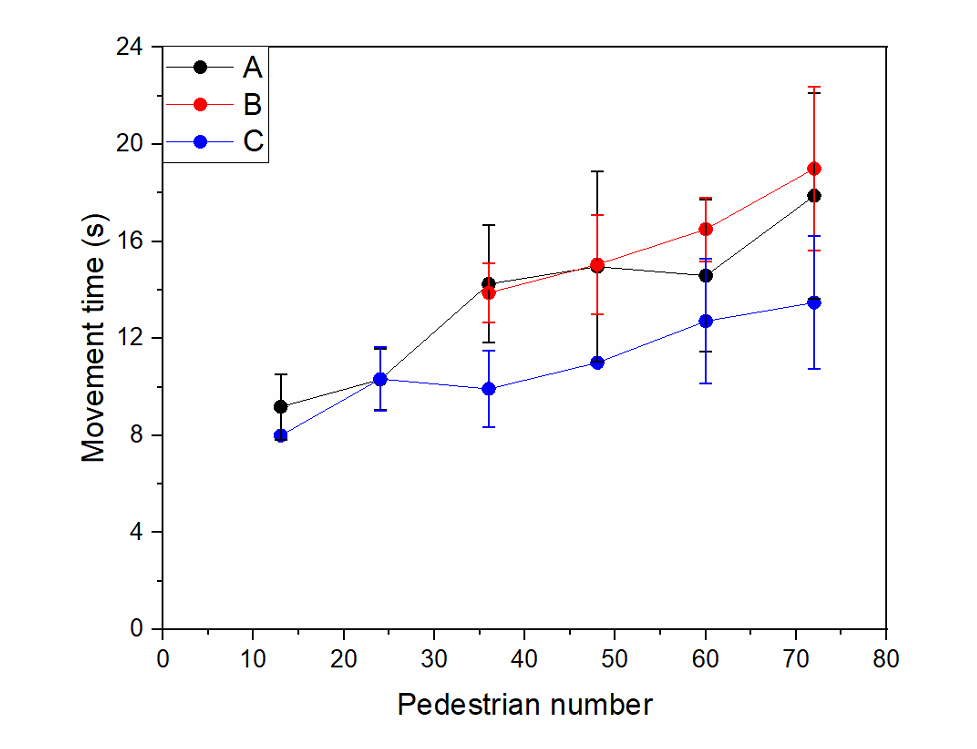
Related Publication
Hu Y, Zhang J, Song W. Experimental study on the movement strategies of individuals in multidirectional flows[J]. Physica A: Statistical Mechanics and its Applications, 2019, 534: 122046.
Download: [Paper]

